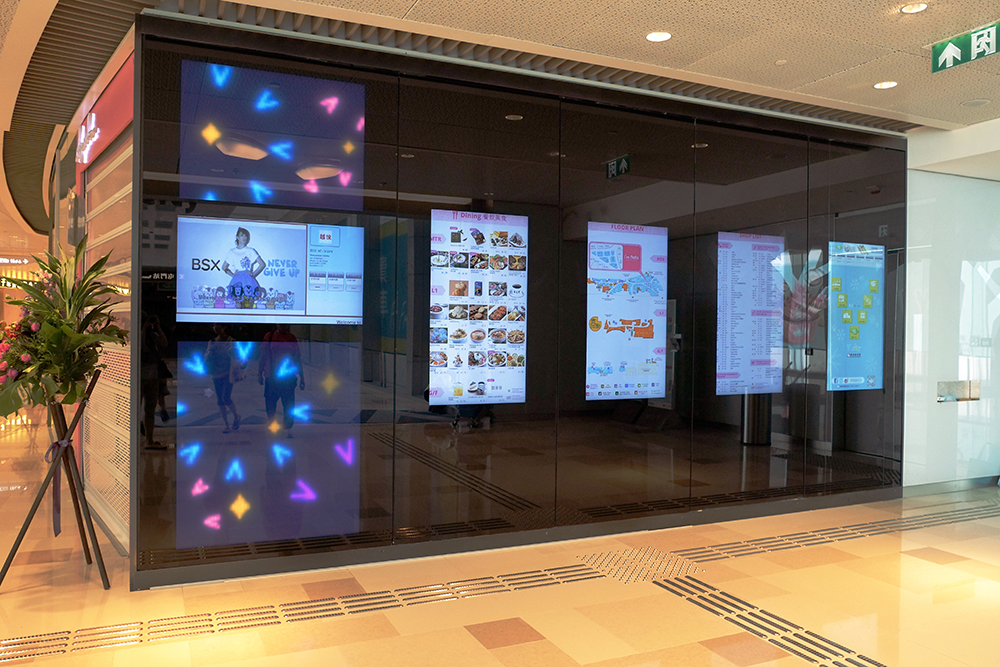Enhancing User Experience with Smart Digital Signage Technologies
In today’s fast-paced, technology-driven world, businesses across various industries are constantly seeking innovative ways to engage with their customers and enhance user experiences. One such technology that has gained significant traction is digital signage. From retail stores and restaurants to corporate offices and healthcare facilities, digital signage has evolved beyond simple screens displaying static content. With the advent of smart Digital Signage technologies, businesses now have the tools to create immersive, interactive, and personalized experiences that captivate audiences and drive meaningful engagement.
The Evolution of Digital Signage
Digital signage has come a long way from its early days as a replacement for traditional posters and billboards. Initially, these digital displays served as dynamic alternatives to static signage, offering the ability to update content in real-time. However, as technology advanced, so did the capabilities of digital signage. The integration of sensors, touchscreens, and artificial intelligence (AI) has transformed these displays into powerful tools for communication and interaction.
What Makes Digital Signage "Smart"?
Smart digital signage refers to the integration of advanced technologies that enable digital displays to deliver content that is not only visually appealing but also highly relevant and personalized to the viewer. This can include the use of AI, data analytics, and the Internet of Things (IoT) to create a more interactive and engaging experience. Smart digital signage can adapt to the environment, respond to user interactions, and even anticipate the needs of the viewer, making it a powerful tool for enhancing user experiences.

Personalization: The Key to Enhanced User Experience
One of the most significant advantages of smart digital signage is its ability to deliver personalized content. By leveraging data from various sources, such as customer demographics, purchase history, and real-time behavior, businesses can tailor the content displayed on digital signage to the specific interests and needs of their audience. For example, in a retail setting, smart digital signage can recognize a returning customer and display personalized product recommendations based on their previous purchases. This level of personalization not only enhances the shopping experience but also increases the likelihood of conversions and customer loyalty.
Interactivity: Engaging Users Like Never Before
Smart digital signage goes beyond simply displaying information; it invites users to interact with the content. Touchscreens, gesture recognition, and voice commands are just a few of the technologies that enable users to engage directly with digital signage. This interactivity can be particularly beneficial in environments like retail stores, where customers can browse product catalogs, check availability, and even make purchases directly from the display. In a corporate setting, interactive digital signage can be used for wayfinding, allowing visitors to easily navigate large office complexes or conference centers.
Real-Time Data Integration: Keeping Content Relevant
One of the challenges with traditional signage is keeping the content up-to-date and relevant. Smart digital signage addresses this issue by integrating with real-time data sources. For instance, in a transportation hub, digital signage can display real-time updates on flight or train schedules, ensuring that travelers have the most current information at their fingertips. Similarly, in a restaurant, digital menu boards can automatically update based on inventory levels, ensuring that customers are only shown items that are currently available. This real-time data integration not only enhances the user experience but also streamlines operations and reduces the burden on staff.
The Role of AI in Smart Digital Signage
Artificial intelligence plays a crucial role in the capabilities of smart digital signage. AI can analyze vast amounts of data to identify patterns and trends, allowing businesses to optimize their content and strategies. For example, AI can determine the most effective times of day to display certain types of content or identify which promotions resonate most with specific demographics. Additionally, AI-powered facial recognition can be used to assess the age, gender, and mood of viewers, allowing for even more precise targeting of content.
The Benefits of Smart Digital Signage Across Industries
The applications of smart digital signage are virtually limitless, and its benefits can be realized across a wide range of industries:
Retail: Enhance the shopping experience with personalized recommendations, interactive product displays, and real-time promotions.
Hospitality: Improve guest satisfaction with interactive wayfinding, digital concierge services, and personalized welcome messages.
Healthcare: Streamline patient experiences with real-time appointment updates, interactive check-in kiosks, and health education displays.
Corporate: Enhance employee communication with dynamic digital bulletin boards, interactive directories, and real-time meeting room availability.
Education: Engage students with interactive learning materials, campus navigation tools, and real-time event updates.
Conclusion: The Future of User Experience
As technology continues to evolve, so too will the capabilities of smart digital signage. The future promises even more sophisticated integrations, such as augmented reality (AR) and virtual reality (VR), which will further enhance the user experience. For businesses looking to stay ahead of the curve, investing in smart digital signage is not just a trend—it's a strategic move that can transform how they connect with their audiences.
In a world where customer expectations are higher than ever, the ability to deliver personalized, engaging, and relevant experiences is key to success. Smart digital signage offers a powerful solution that not only meets these expectations but exceeds them, setting the stage for a new era of user experience.